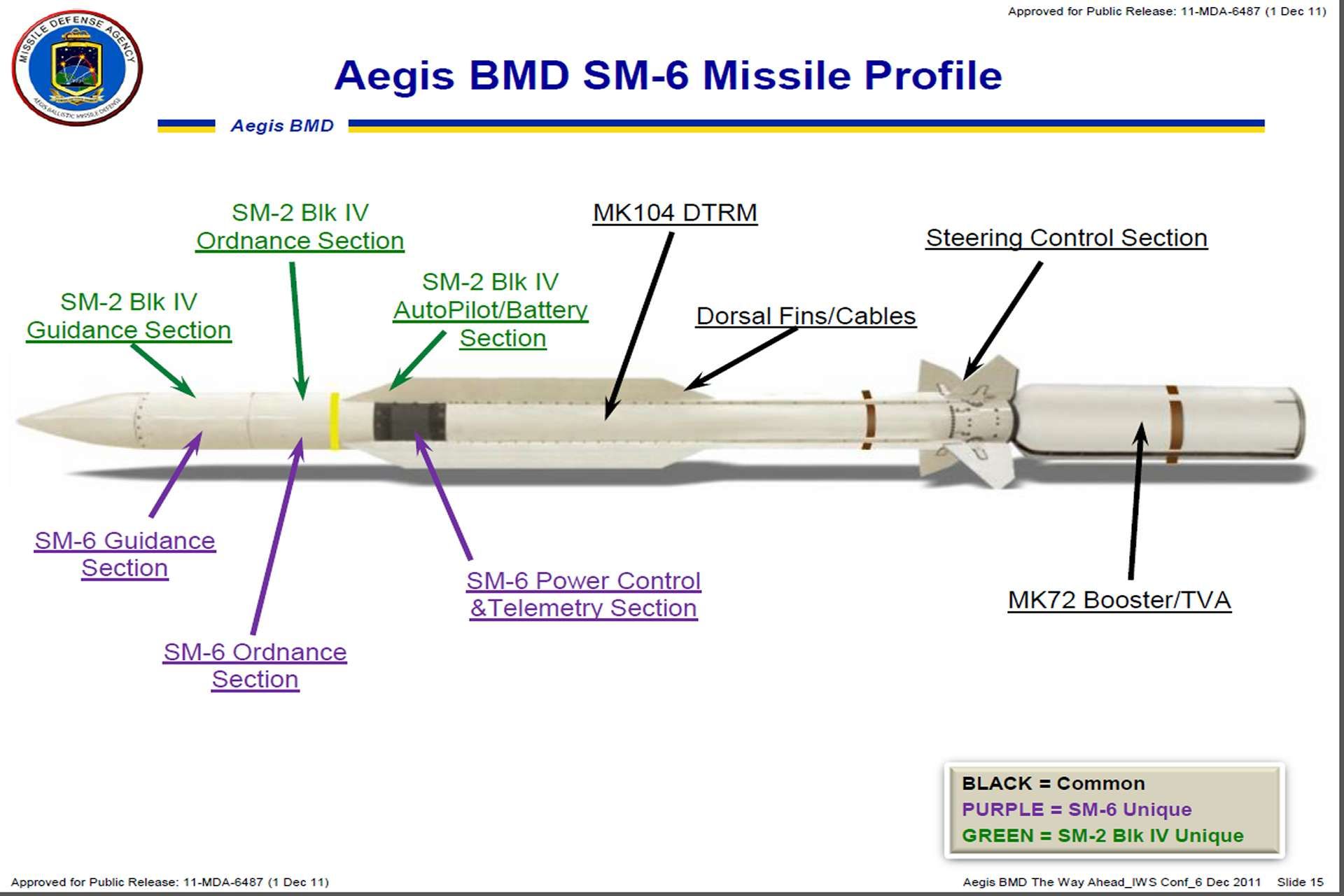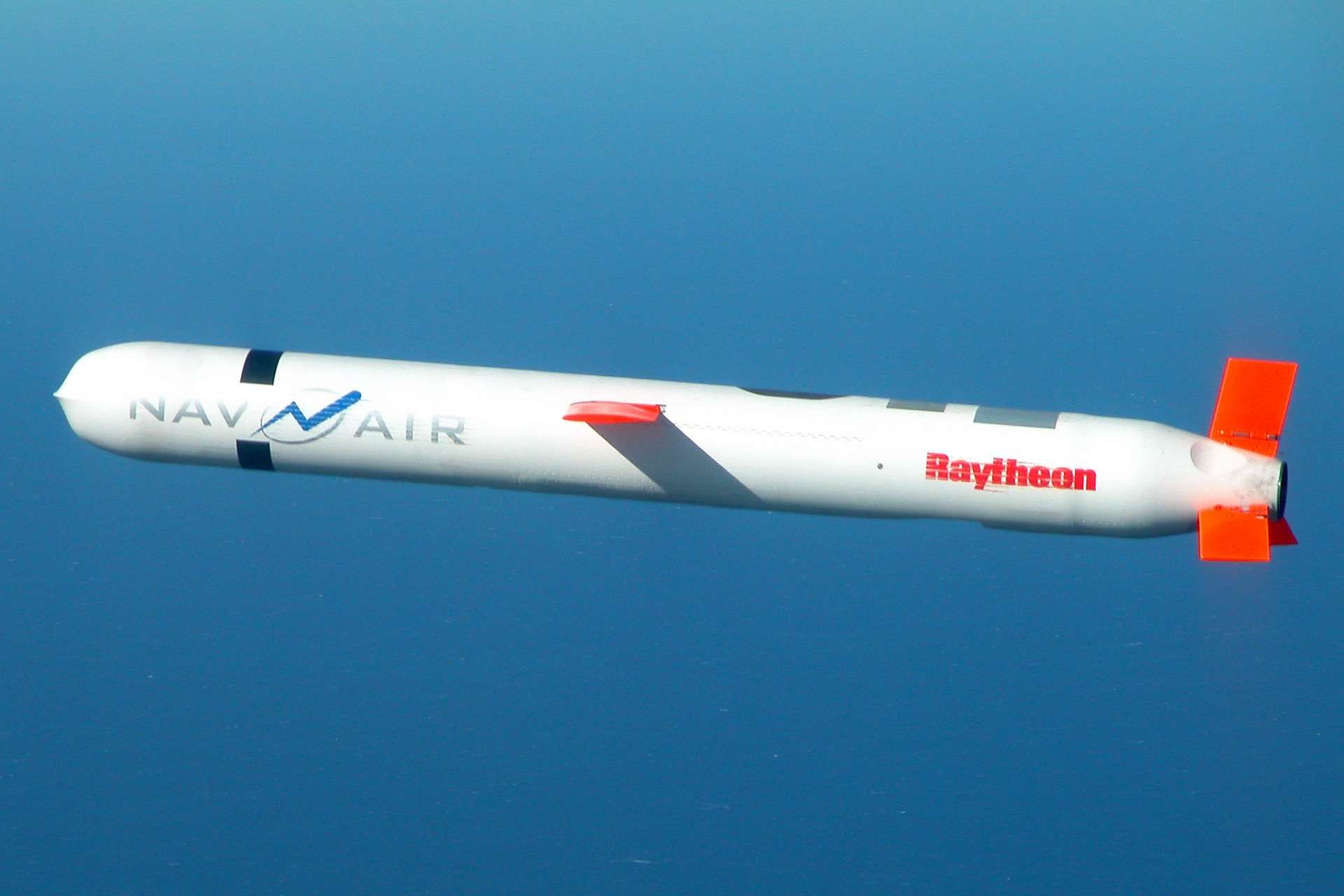Breaking News
US Announces Long-Range Fires Deployment Capabilities in Germany.
On July 11, 2024, NATO, the United States, and Germany released a joint statement announcing the commencement of episodic deployments of long-range strike capabilities in Germany starting in 2026. These deployments will likely include the use of the U.S. Army's Typhon launch system, which facilitates the launch of missiles such as the SM-6 and Tomahawk. These actions are expected to ensure a sustained and enhanced presence of these capabilities on German soil in the coming years.
Follow Army Recognition on Google News at this link

Typhon Medium Range Capability (MRC) Missile System Firing Standard Missile 6 (SM-6) Multirole Naval Missile and Tomahawk Cruise Missile (Picture source: US DoD)
The U.S. Army's adoption and integration of the Typhon missile system, which includes the capacity to launch SM-6 and Tomahawk missiles from ground-based platforms, marks a significant expansion in its operational range and versatility. This development is part of the Army's Long Range Precision Fires (LRPF) modernization effort, which is one of its top priorities. The Typhon system is designed to fill the gap between the Army's existing Precision Strike Missile (PrSM) and future Long-Range Hypersonic Weapons (LRHW), providing a mid-range capability that can engage targets at distances greater than the PrSM and shorter than the LRHW.
The Typhon Medium Range Capability (MRC) system is a key innovation of the U.S. Army, designed to significantly extend its long-range strike capabilities. Developed to transport and launch missiles such as the Standard SM-6 and Tomahawk cruise missiles, the Typhon acts as a transportable erecting launcher. This flexibility allows it to be deployed quickly and effectively in various operational environments.
The Mk 70 Mod 1 Payload Delivery System, designed by Lockheed Martin, is an important component of the Typhon. It is a containerized system that integrates four Mk 41 vertical launch cells, all mounted within the footprint of a 40-foot ISO container. This configuration enhances integration and mobility, thus facilitating the rapid deployment of missiles. In addition to its terrestrial use, the Mk 70 Mod 1 has also been tested at sea aboard the USS Savannah (LCS-28), demonstrating its versatility and adaptability to mixed maritime and terrestrial launch scenarios.
The MK 70 Mod 1 Payload Delivery System (PDS) is an innovative adaptation of the well-established MK 41 Vertical Launching System (VLS) technology, commonly utilized by the US Navy. This system expands the military's capabilities by enabling mid-range precision fires from both naval and ground platforms.
Specifically, the MK 70 system transforms the naval MK 41 VLS—used on Ticonderoga-class cruisers and Arleigh Burke-class destroyers—into a versatile ground-based system. It features a containerized launcher within a 40-foot container equipped with four VLS strike-length missile cells. This setup allows for rapid deployment and repositioning of offensive capabilities to non-traditional and strategic locations, enhancing military responsiveness and adaptability.
The design of the MK 70 incorporates over $500 million of investment in the MK 41 system, leveraging nearly 13,000 VLS cells that have been implemented across 15 international navies. By utilizing key electronics and components developed over 40 years, the MK 70 maintains the proven capabilities of the MK 41 system while optimizing structural design and materials for reduced production and lifecycle costs.
Lockheed Martin, the developer of the MK 70, has also incorporated unique gas management technologies that permit increased weapon firings before maintenance is required on the launcher. The system's modular design allows for scalability in increments of four cells, and its dynamic alignment features between missiles and combat systems enhance its deployability and survivability, contributing to strategic uncertainty for potential adversaries.

Raytheon Technologies SM-6 (Standard Missile 6) multi-role naval missile (Picture source: US DoD)
The purpose of these exercises and deployments is to demonstrate the United States' steadfast commitment to NATO and their contribution to European integrated deterrence. By integrating these advanced technologies, the United States aims to strengthen the defensive posture of the Alliance in Europe amid emerging threats and increasing geopolitical tensions. This strategic development occurs in a context of reassessing arms control agreements and bolstering military capabilities across the continent. The announcement also comes at a critical time when relations between NATO powers and other global actors, particularly Russia, remain tense. Germany, by hosting these capabilities, plays a crucial role in the collective defense schema of NATO, reaffirming its commitment to European security while navigating the complexities of contemporary international relations.
Recent tests and deployments of the Typhon system have been conducted to ensure its effectiveness and reliability. For example, the system was recently deployed in the Indo-Pacific region as part of a strategic initiative to enhance the U.S. Army's presence and readiness in key global areas. This move underlines the strategic shift towards providing the Army with a robust set of options to conduct long-range precision strikes, which are critical for modern warfare where distance and precision are pivotal.
The operational deployment of the Typhon system includes the integration of complex technologies such as the Mk 70 Mod 1 Payload Delivery System, which uses a containerized launcher system adaptable for various missile types, including the SM-6 and Tomahawk missiles. This flexibility allows the Army to deploy these advanced missile systems quickly and effectively across different theaters of operation, enhancing the U.S. military's global strike capabilities and deterrence posture.
This initiative not only demonstrates the U.S. Army's commitment to maintaining high-tech military technology but also its adaptability in integrating naval missile technologies for land-based operations, significantly expanding its tactical and operational scope
As a reminder, the SM-6 (Standard Missile 6) is a highly adaptable and multi-role naval missile developed by Raytheon Technologies, designed to offer comprehensive fleet air defense against a wide array of threats including fixed- and rotary-wing aircraft, unmanned aerial vehicles, cruise missiles, and even against terminal phase ballistic missiles in its advanced configurations. It exhibits formidable anti-air warfare (AAW), anti-surface warfare (ASuW), and terminal ballistic missile defense (TBMD) capabilities. The missile incorporates both active and semi-active guidance systems, enabling it to prosecute targets beyond the radar horizon with the aid of the Aegis Combat System.
The SM-6 missile stands out for its extended engagement range, capable of reaching targets up to 450 km (240 nautical miles), facilitated by its advanced propulsion mechanism, high-tech radar detection, and signal processing capabilities. Its network-enabled approach allows for seamless integration with other assets for coordinated fire control, significantly elevating its combat efficacy and making it a pivotal element in contemporary naval defense strategies.

Raytheon Technologies Tomahawk Cruise Missile (Picture source: Wikimedia)
The Tomahawk cruise missile is a highly sophisticated, long-range precision-guided munition used by the United States Navy and Royal Navy. Designed for land-attack warfare, the Tomahawk is capable of striking high-value or heavily defended land targets from extended distances. Its versatility allows for launch from a variety of platforms, including surface ships, submarines, and ground-based launchers, enhancing its strategic utility across multiple domains. With a range of approximately 1,000 miles (about 1,609 kilometers), the Tomahawk can navigate to its target autonomously, using advanced guidance systems such as TERCOM (Terrain Contour Matching) and DSMAC (Digital Scene Matching Area Correlator) to maintain low altitude and reduce detection.
The Tomahawk missile can be equipped with conventional or nuclear warheads, making it a flexible tool in both strategic deterrence and conventional strike operations. The missile's ability to be reprogrammed in-flight for precision targeting and its proven combat effectiveness have made the Tomahawk a cornerstone of U.S. and allied cruise missile capabilities since its introduction in the 1980s.

Lockheed Martin Typhon Medium Range Capability (MRC) is a US Army transporter erector launcher for Standard SM-6 and Tomahawk missiles. (Picture source: Lockheed Martin)


























